It won't be hard to prepare san diego small claims court through our PDF editor. Here's how one could conveniently prepare your document.
Step 1: On this webpage, click the orange "Get form now" button.
Step 2: Right now, you can begin modifying the san diego small claims court. Our multifunctional toolbar is at your disposal - add, eliminate, adjust, highlight, and perform other commands with the words and phrases in the form.
Fill out the san diego small claims court PDF by entering the data necessary for every single part.
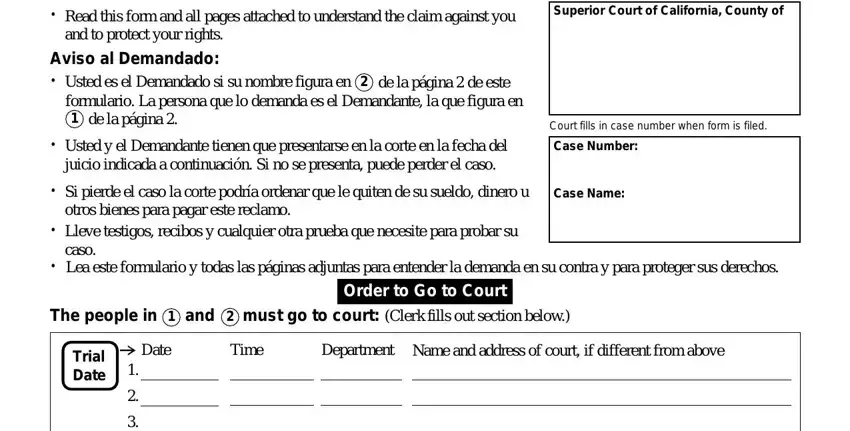
Within the area Date, Clerk by, Deputy, Instructions for the person suing, You are the plaintiff The person, Fill out pages and of this form, You must have someone at least not, Go to court on your trial date, Judicial Council of California, Plaintiffs Claim and ORDER to Go, and SC Page of note the information which the platform requires you to do.
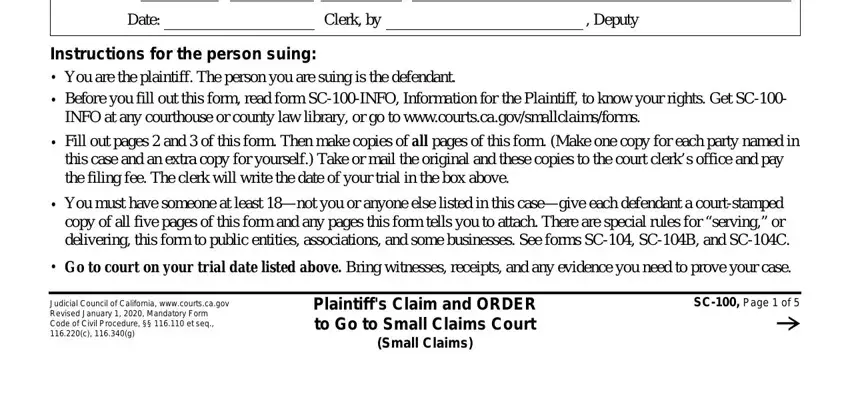
Write the vital information in Plaintiff list names, Case Number, The plaintiff the person business, Phone, Street address, Mailing address if different, Street, Street, If more than one plaintiff list, Street address, Mailing address if different, Street, Street, City, and City area.

You should define the rights and obligations of every party in field The defendant the person business, Phone, Street address, Mailing address if different, Street, Street, City, City, State, Zip, State, Zip, If the defendant is a corporation, Name, and Address.
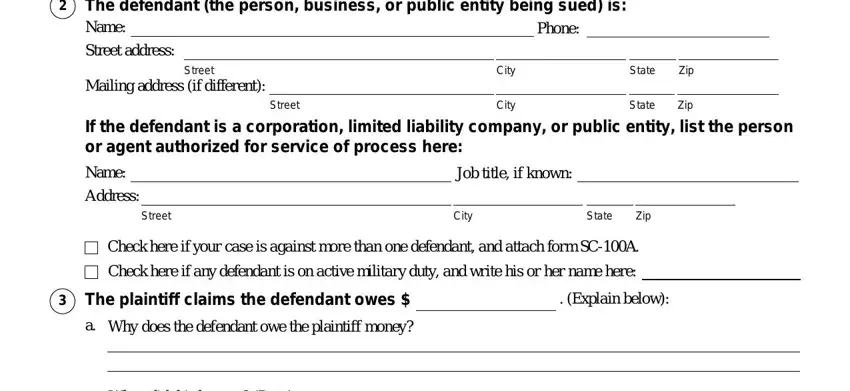
Complete the template by looking at all of these areas: When did this happen Date, If no specific date give the time, Date started, Through, How did you calculate the money, Check here if you need more space, Revised January, Plaintiffs Claim and ORDER to Go, and SC Page of.

Step 3: When you have hit the Done button, your document will be obtainable for export to every electronic device or email address you indicate.
Step 4: Create copies of your form - it may help you refrain from possible future complications. And don't get worried - we cannot disclose or check your data.
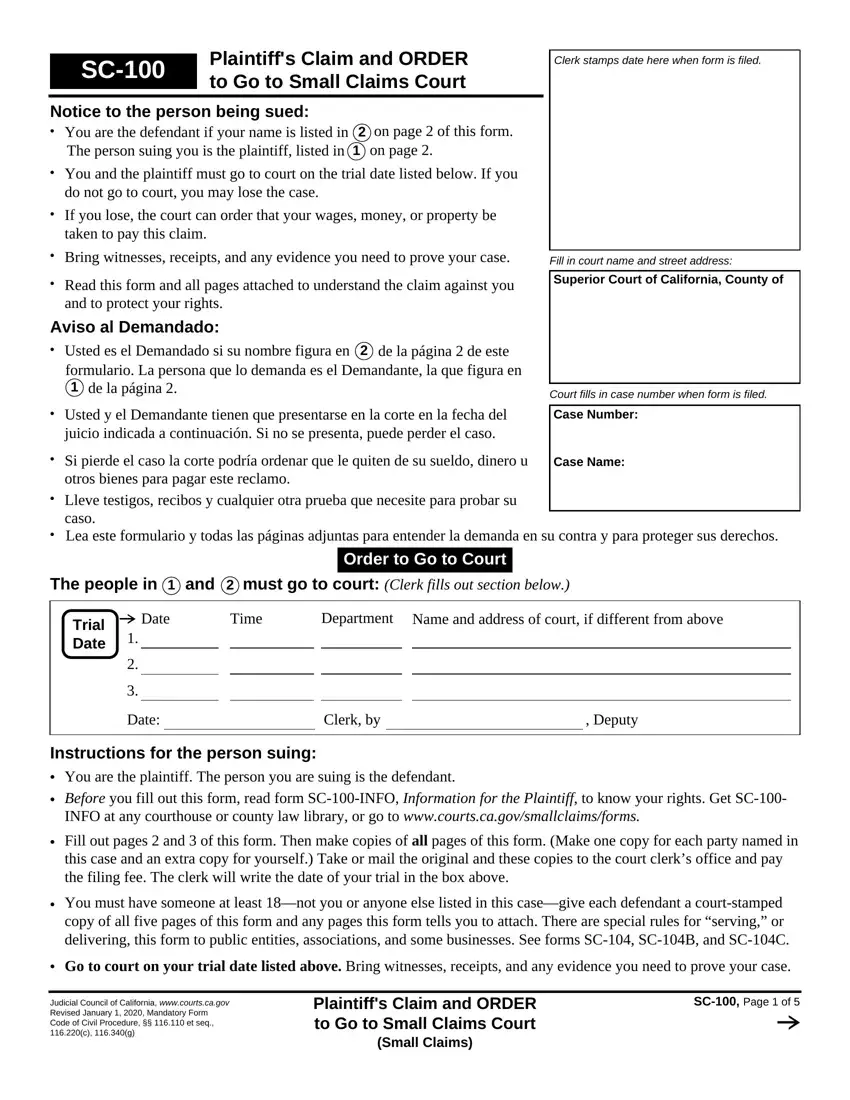
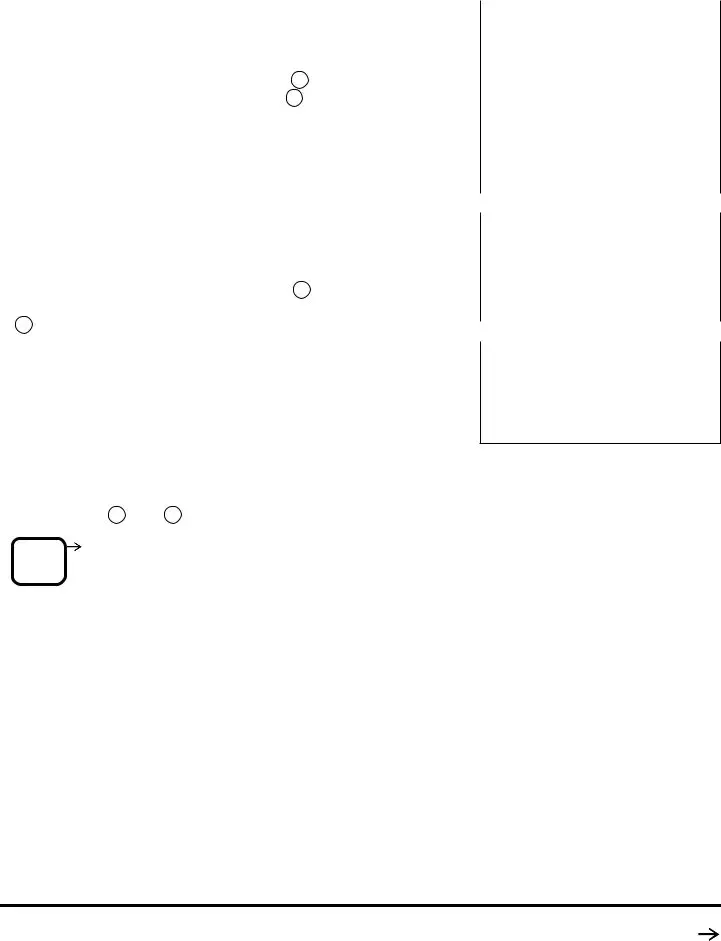
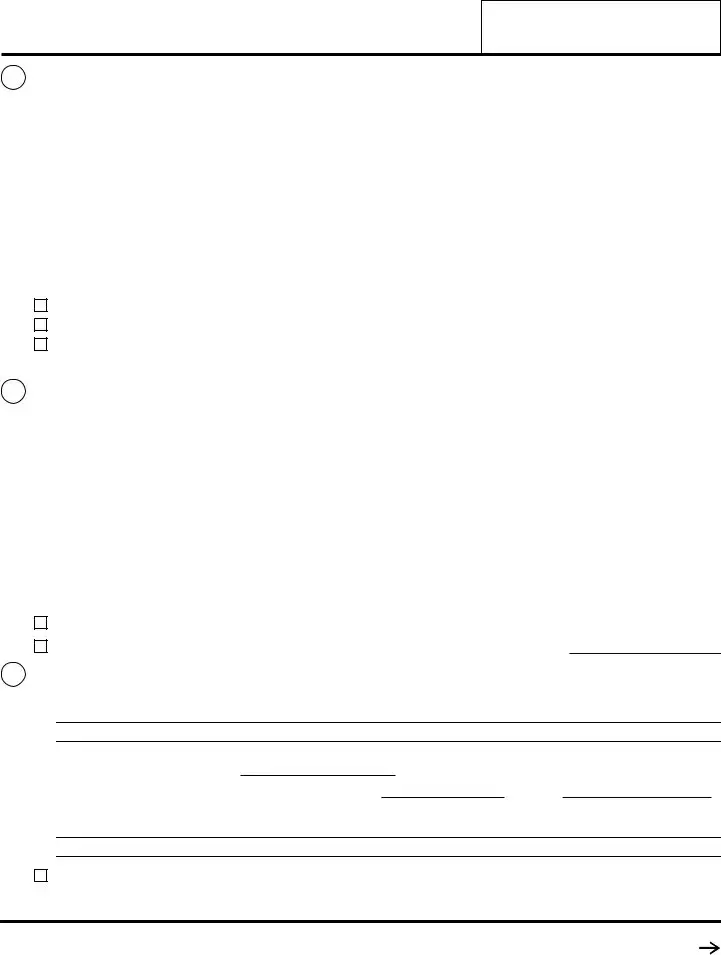
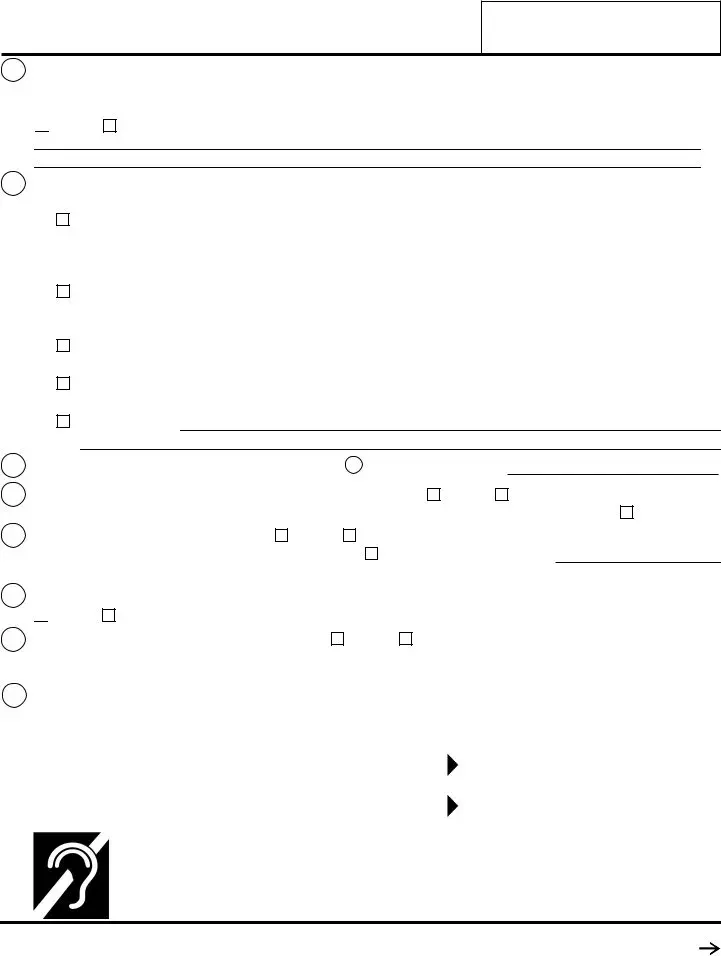

 Yes
Yes
 Yes
Yes

